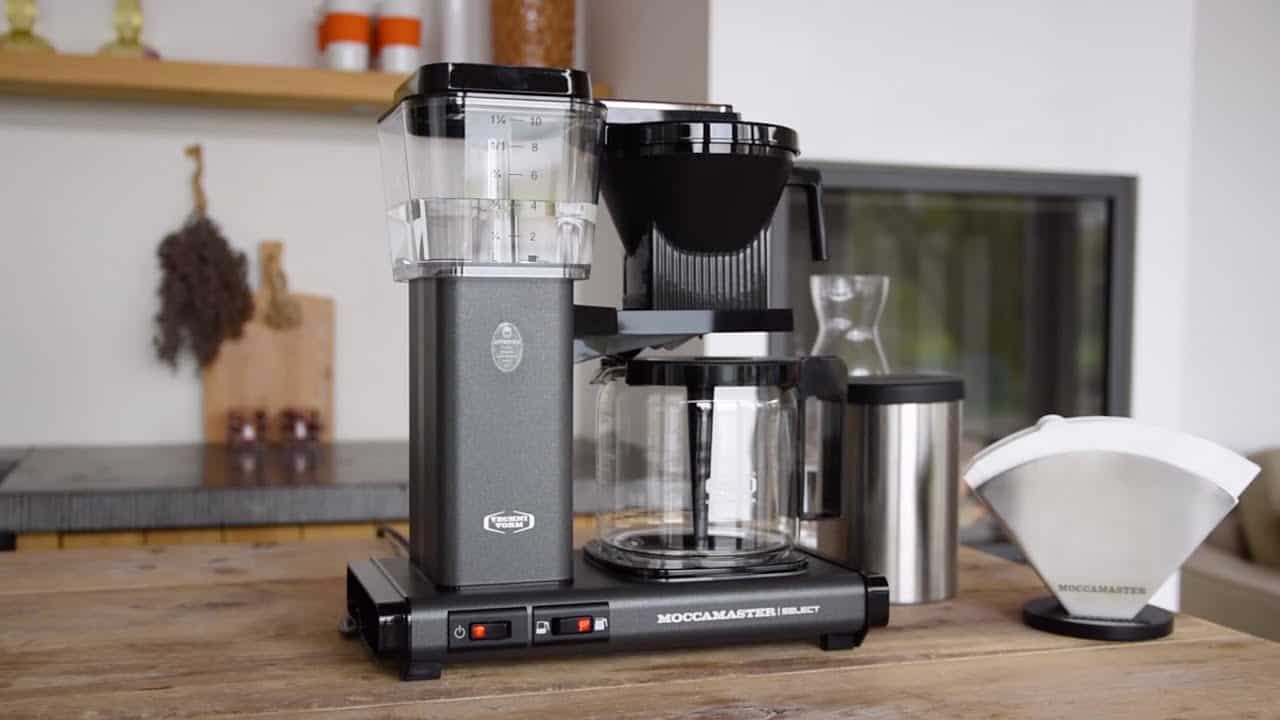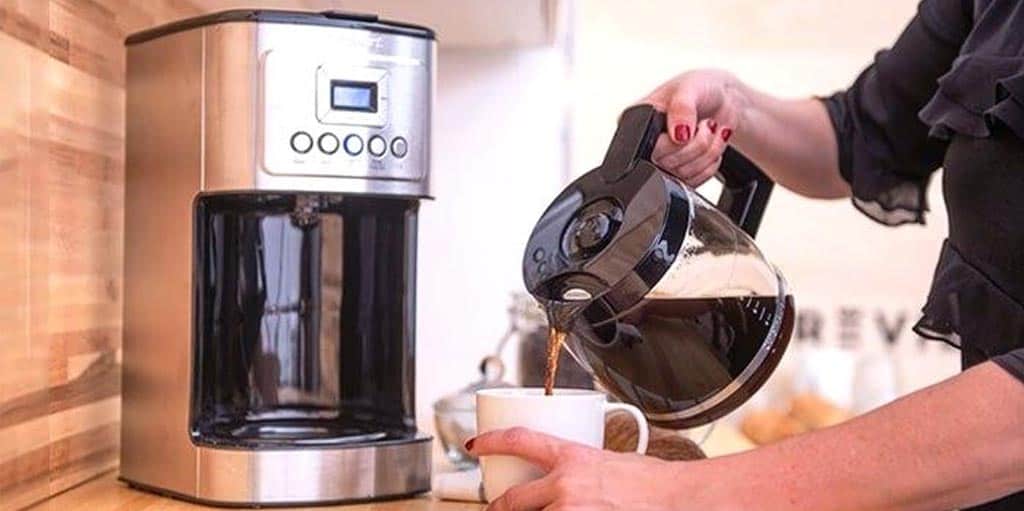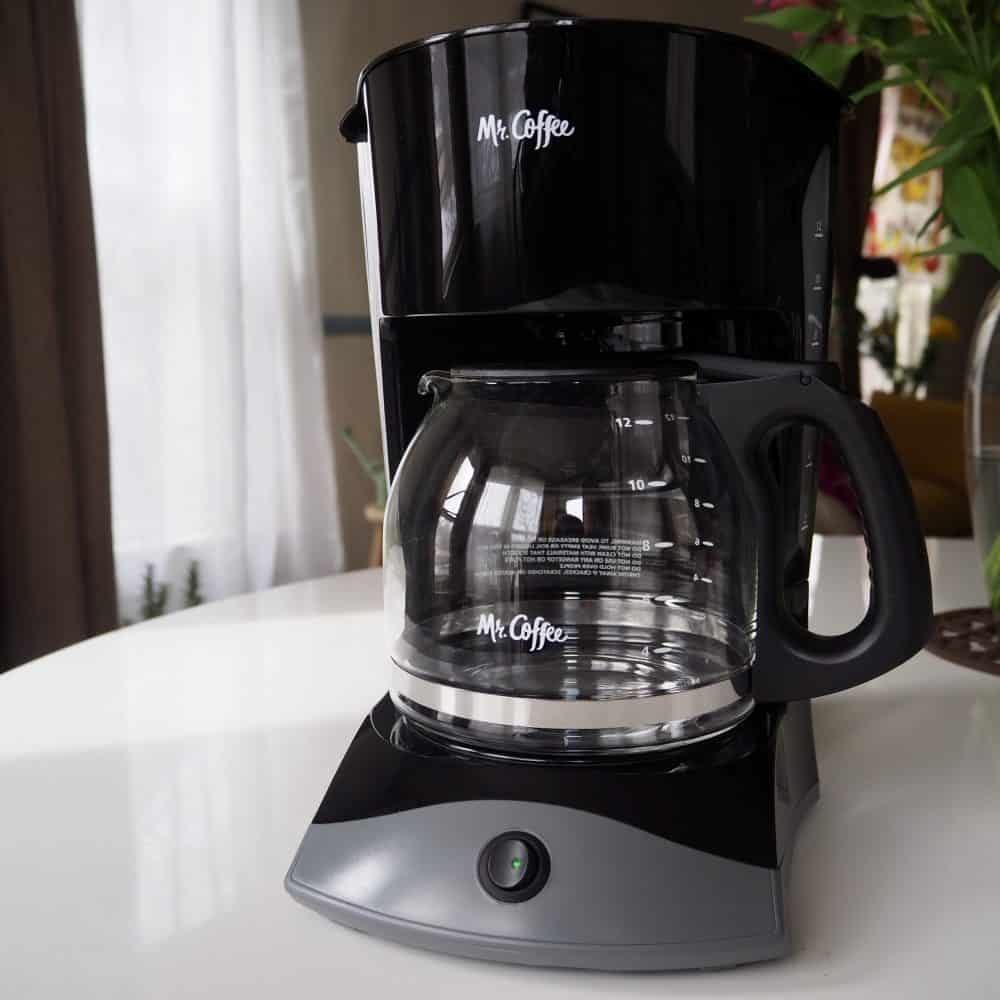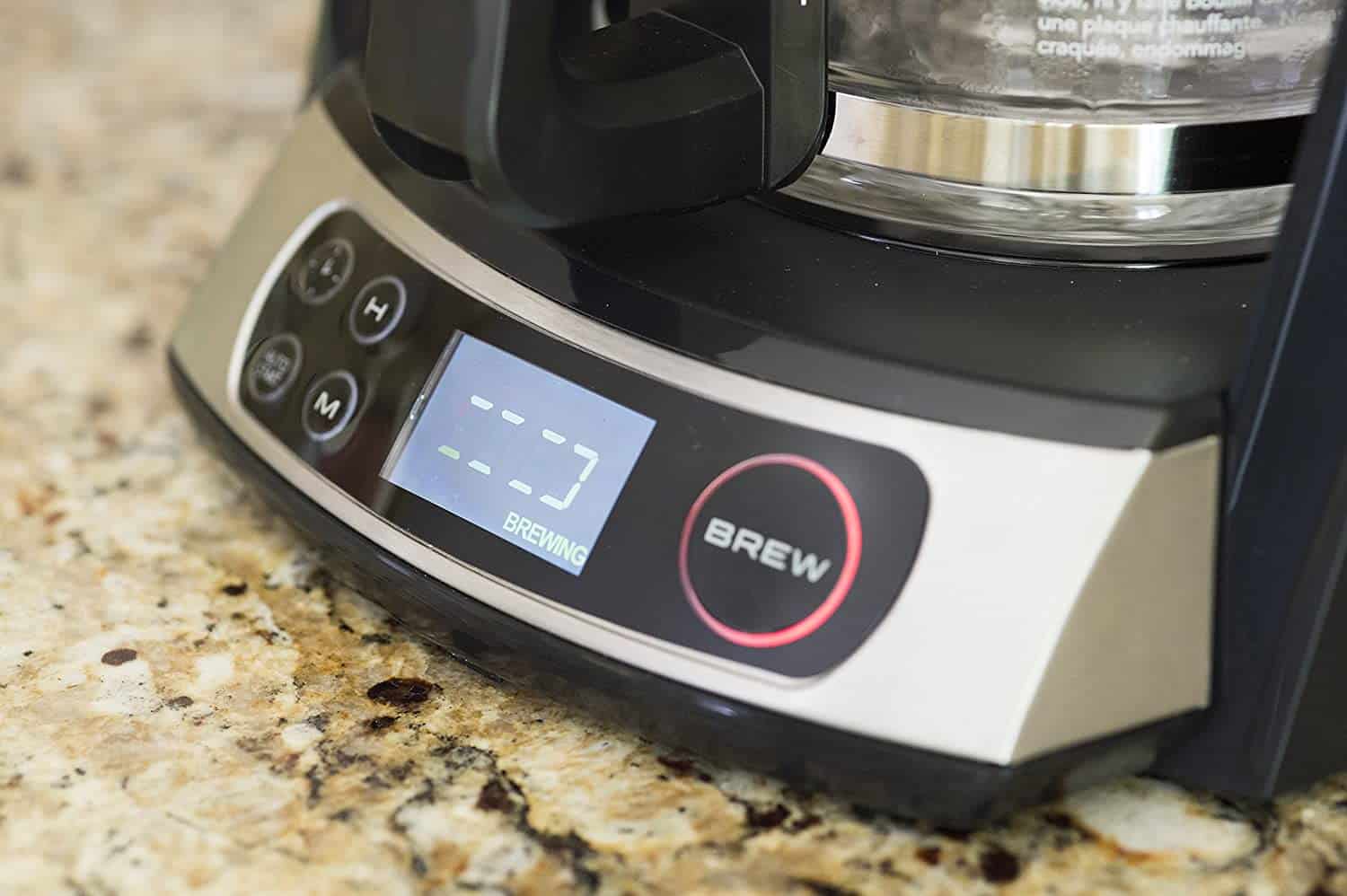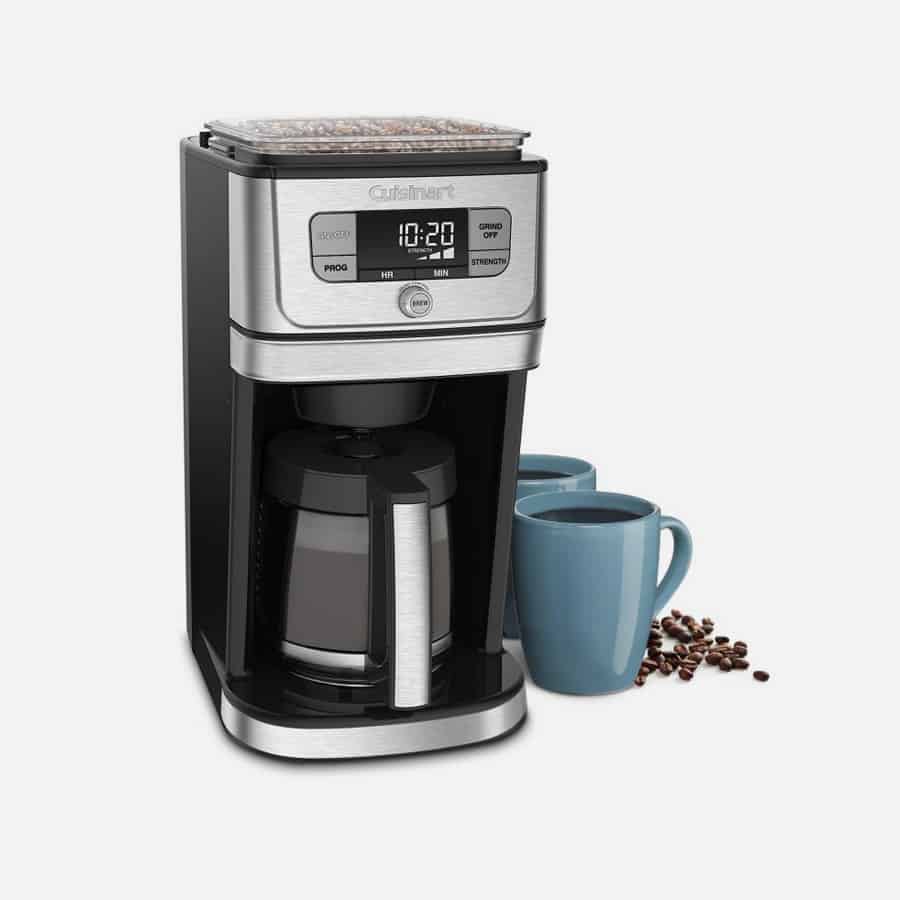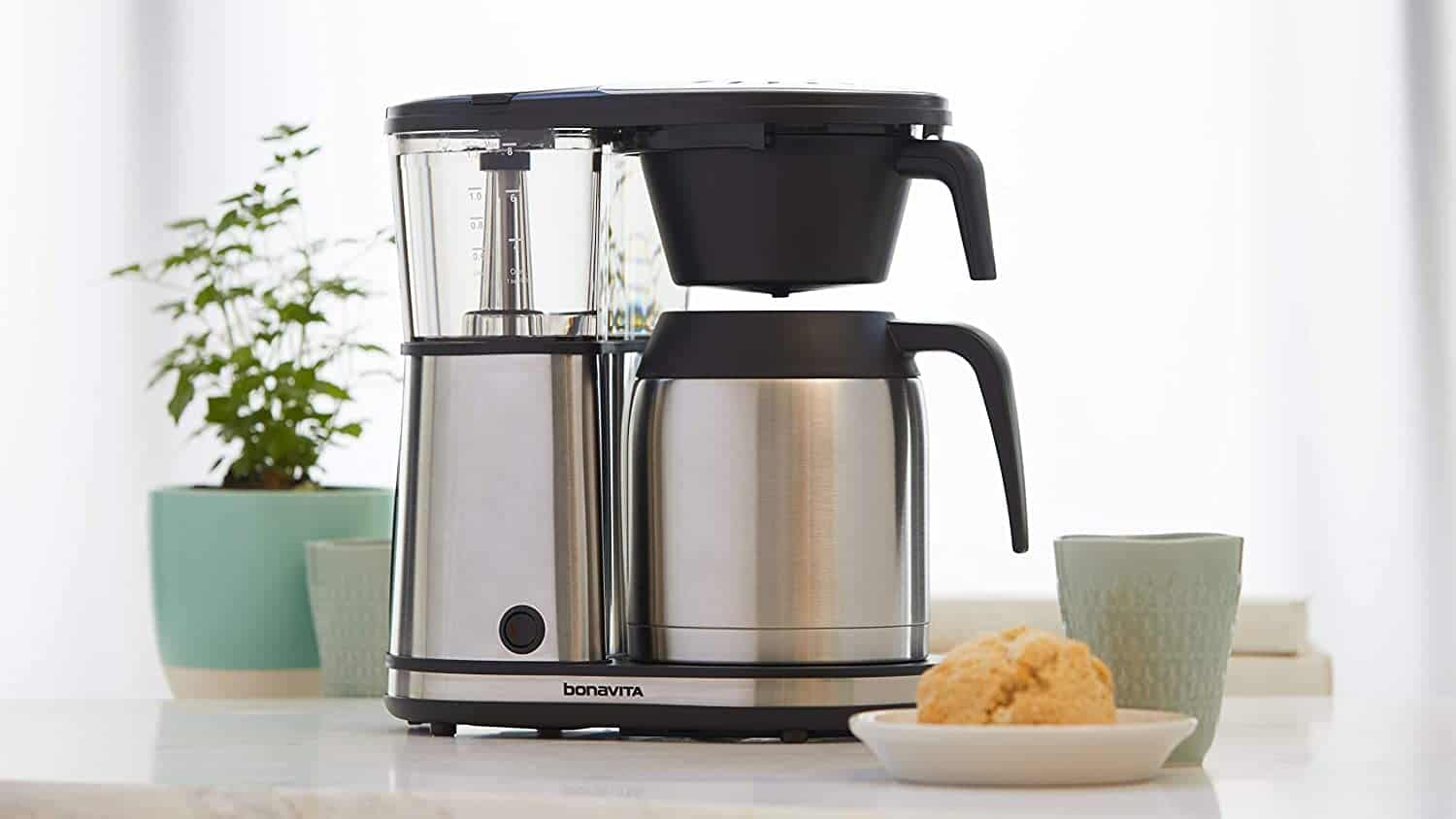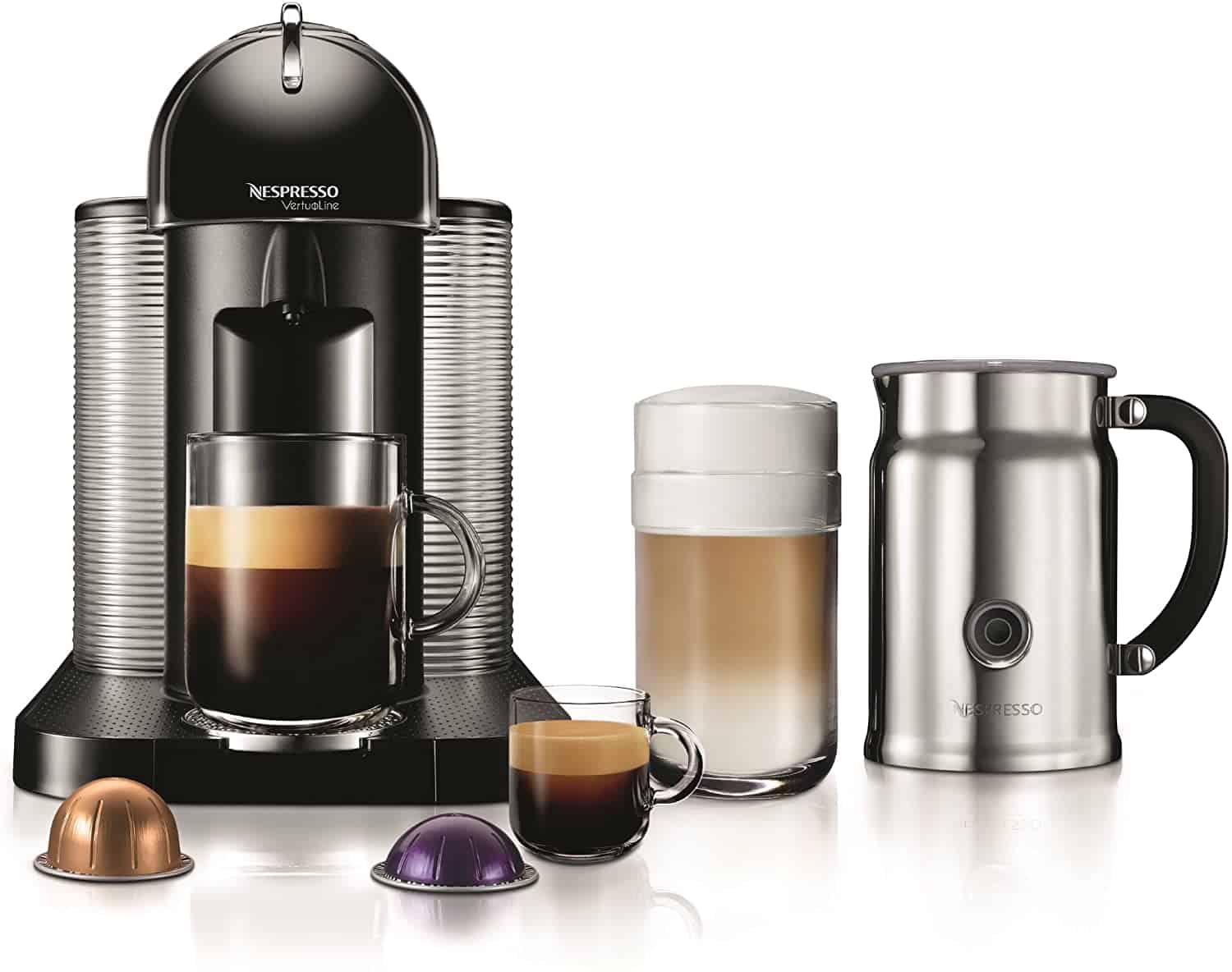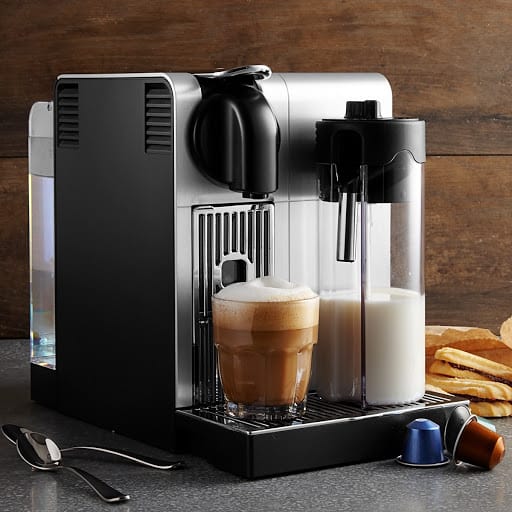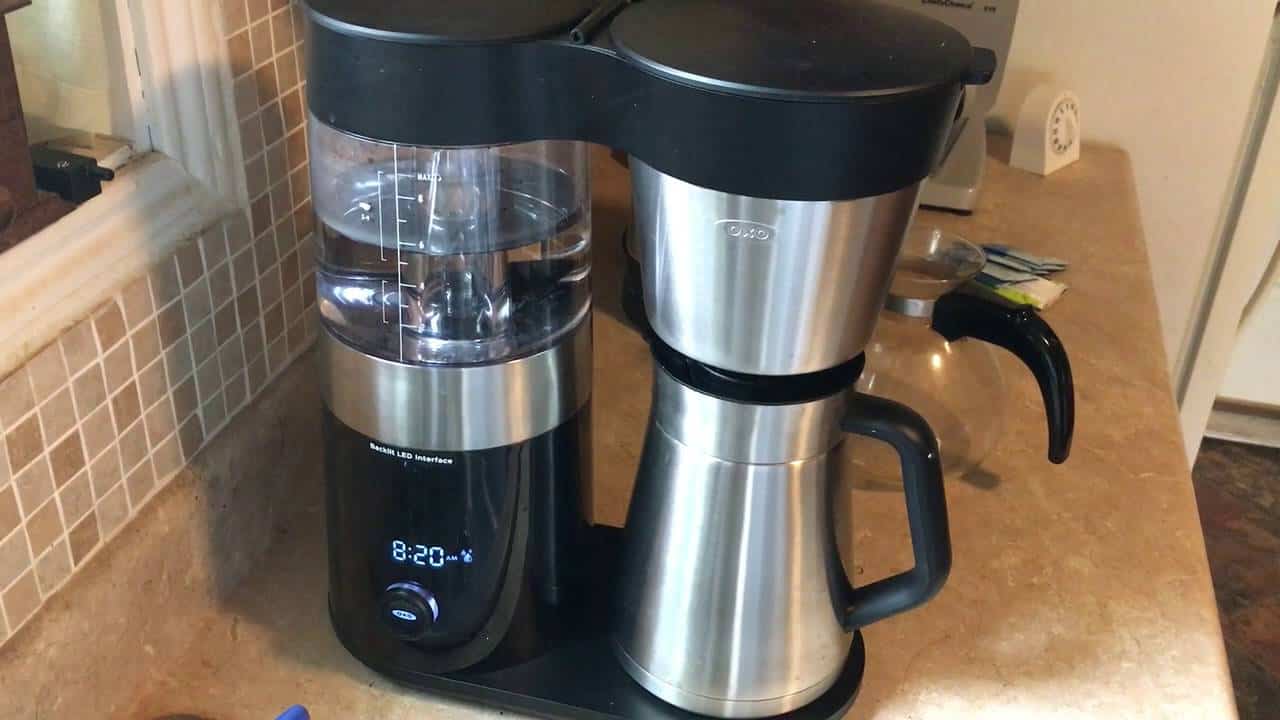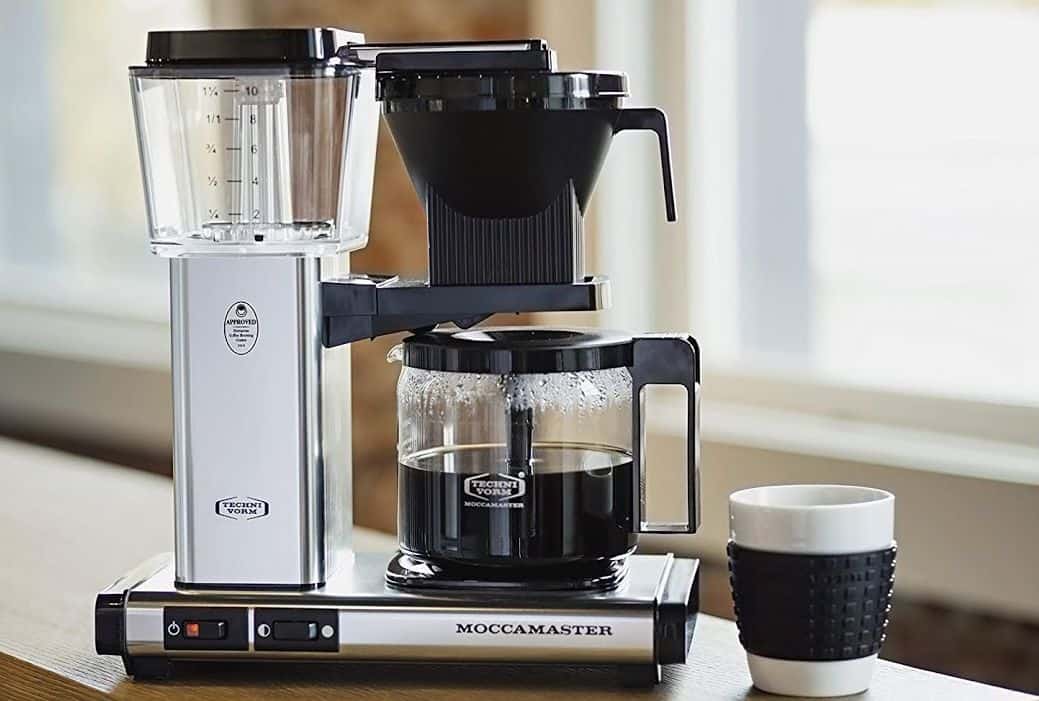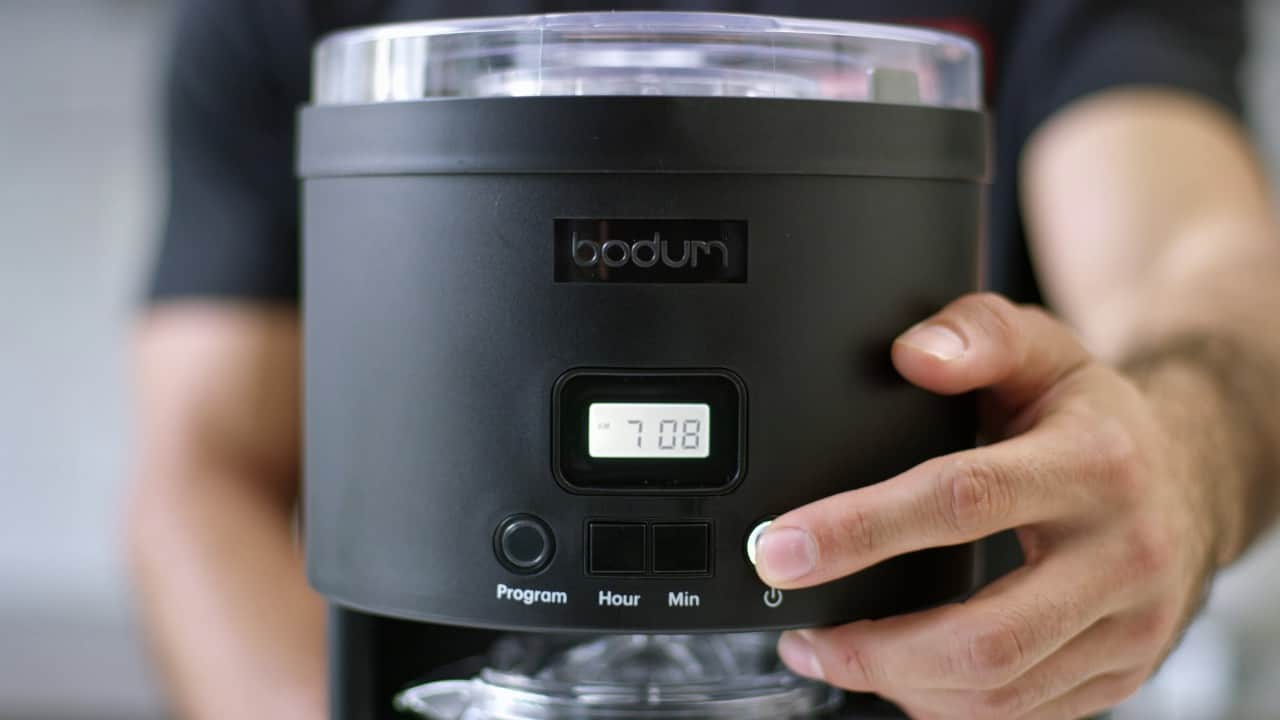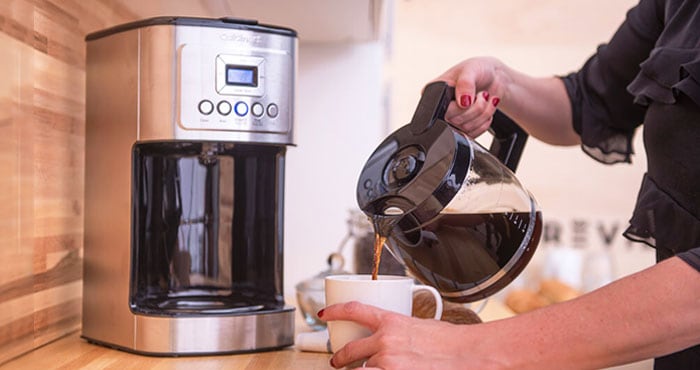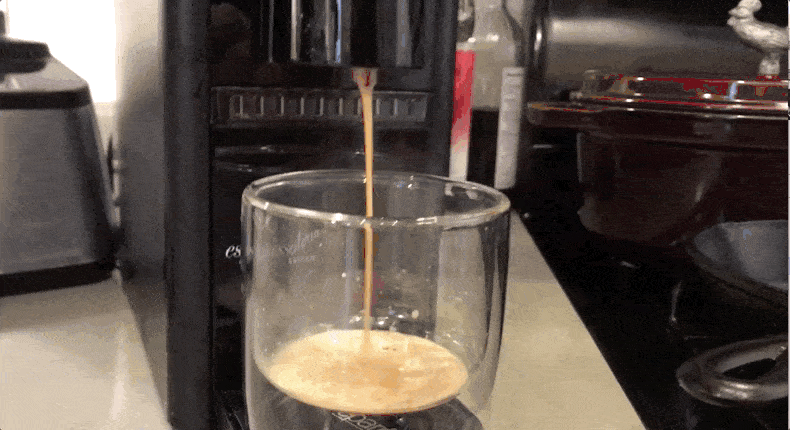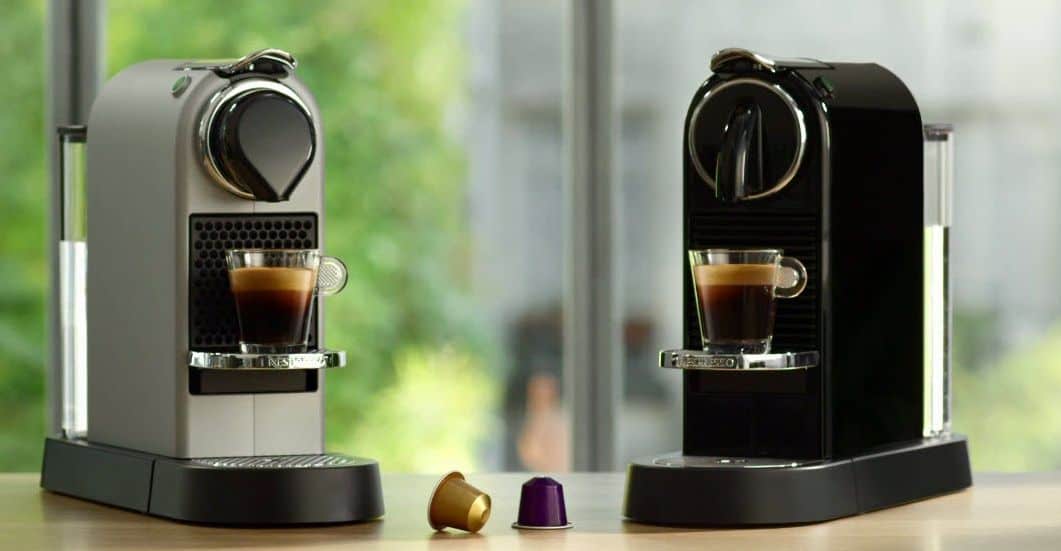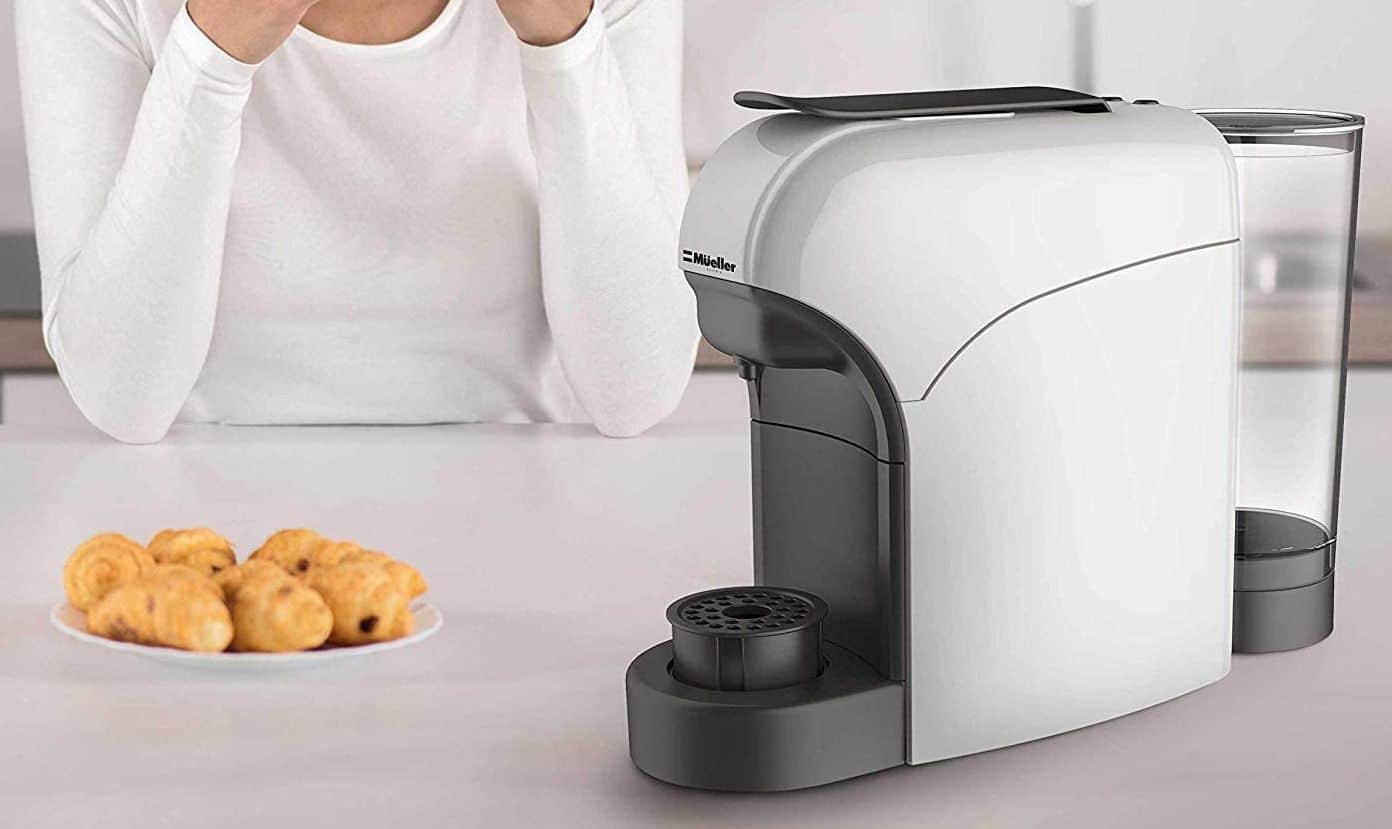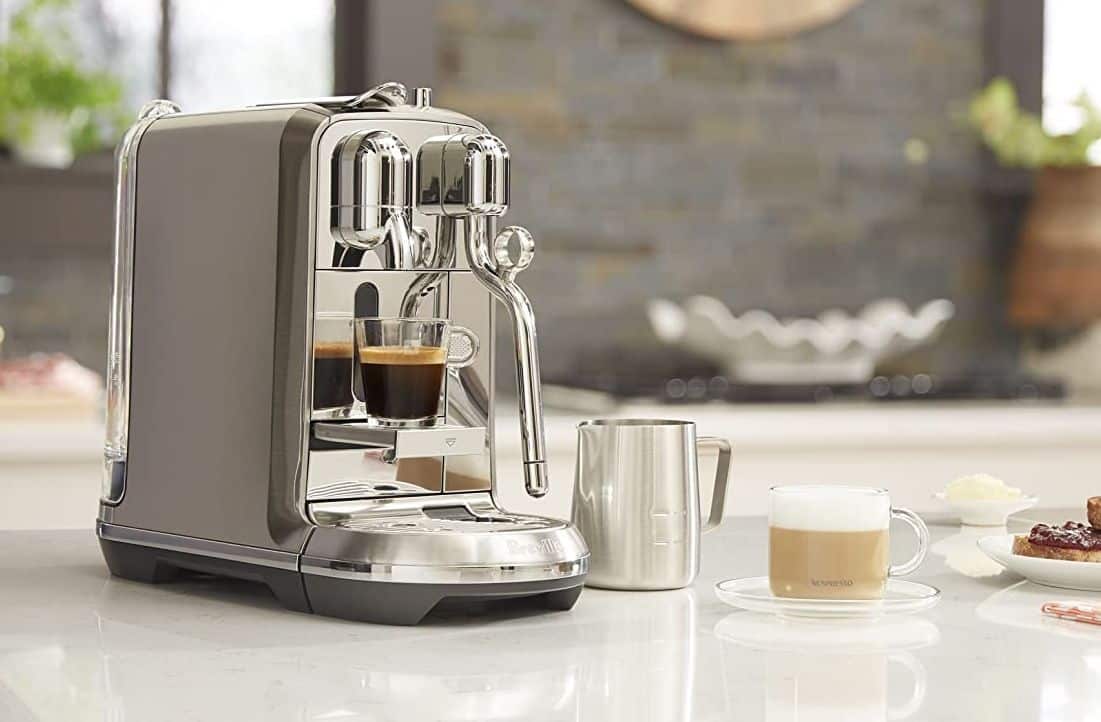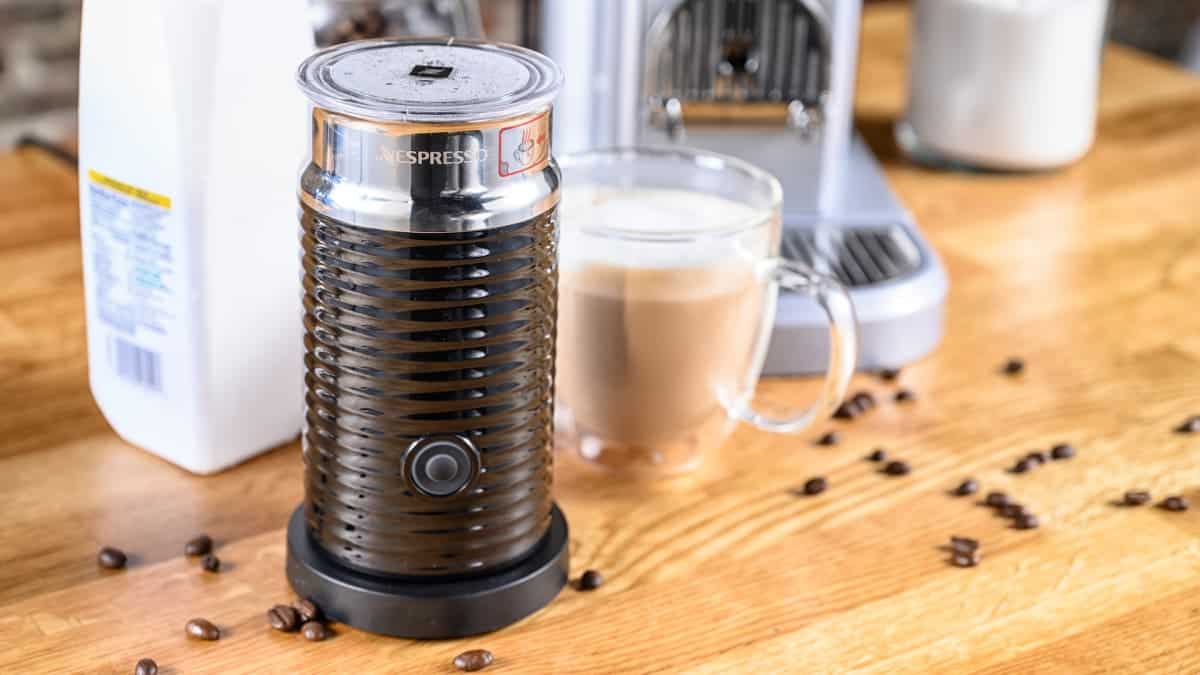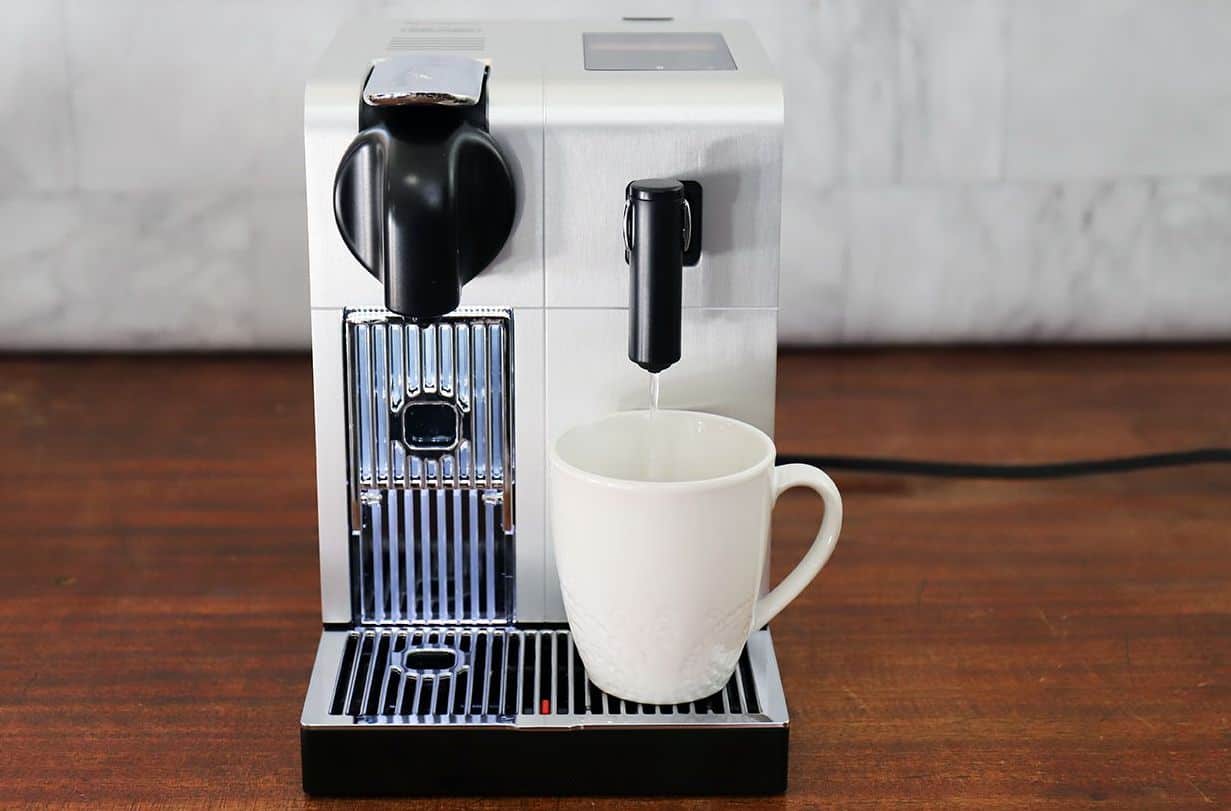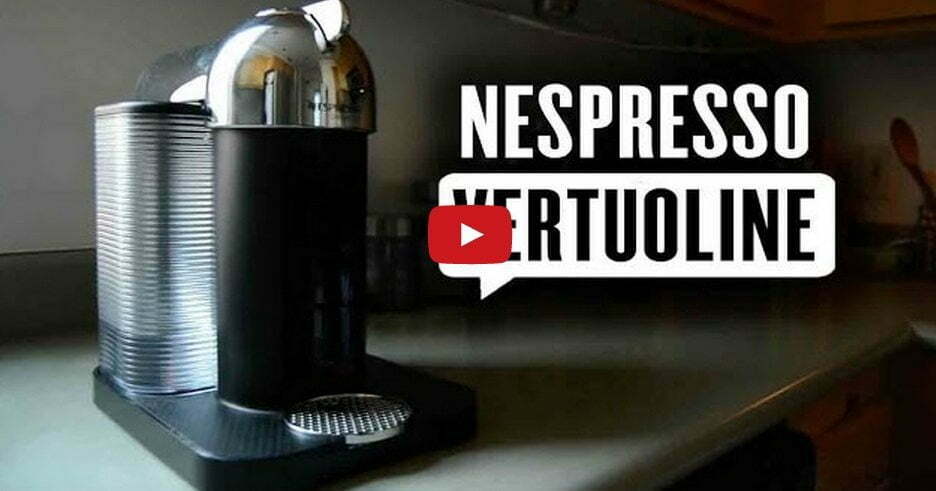Knowing how to clean mold from a coffee maker will help you avoid adverse health effects. Coffee maker mold is more than inconvenient, it can seriously impact your wellbeing.
KEY TAKEAWAYS:
- First, remove the detachable components to soak them in a pot of vinegar. The vinegar method is the best way to clear mold except for commercial cleaning products.
- Rinse all components in plain water, including brew baskets and drip trays. Put everything back in place once you’re satisfied with the cleanliness of your drip coffee maker.
- According to NSF International, mold in auto-drip coffee makers is one of the biggest reasons for health complications in coffee lovers.
Because of this, routine cleaning is a necessity to avoid the growth of this harmful substance.
It doesn’t matter what type of machine you have. From the worst to the best coffee maker, any appliance can be subject to coffee maker mold.
Will Drinking Coffee with Mold a Health Risk?
In short, a moldy coffee maker can ruin your health. Exposure to coffee mold spores can cause shortness of breath, worsen asthma, and much more.
For coffee shops, providing clean coffee equipment is essential. Folks come to you for a convenient coffee experience, not exposure to coffee mold spores.
Learning how to clean a commercial coffee maker should be at the top of any barista’s to-do list.
Insider Tip
Basic cleaning on a regular basis is the best way to protect yourself against mold growth.
STEP 1
First, empty the water reservoir. Use your scrub sponge and mild soap to clean it out thoroughly. While a water tank is less likely to be contaminated, mold will infest every part of the appliance. Rinse the water tank with fresh water. Make sure you use warm water to clear out all of the mild soap.
STEP 2
Next, focus on the likely source: your brew basket. The moist environment where wet coffee grounds are is a breeding ground for mold. Dump out the coffee grounds, and take out all removable components.
STEP 3
Soak your basket in a solution of hot water and mild dish soap. Leave it for at least an hour to remove any moldy coffee residue. After soaking in the warm water, rinse everything in fresh water.
STEP 4
Now, it’s time to clean your coffee maker with vinegar. Create a vinegar and sudsy water solution. Fill the water chamber with this mixture. Then hit the brew function and run your brew cycle. It will take more than one brew cycle to clear everything.
STEP 5
Throw the contaminated cleaning cloths away. These carry mold spores, which can transfer to other appliances. This process will look different depending on the coffee brewing process you use. For example, learning how to clean a pour-over coffee maker is entirely different.
Warning
Failing to keep your coffee machine clean can make your next cup of coffee taste terrible at best and create health problems worse.
F.A.Q.S
Does vinegar kill mold in a coffee maker?
It might take multiple cycles of vinegar solution running through your brewing cycle, but vinegar should do the trick. If the infestation is too large, you may need to buy a new appliance altogether.
How can I tell that mold is growing in my coffee pot?
The first sign usually is poor coffee taste quality or a funky smell coming from your filter basket. If either of these signs pop up, it’s time to use any number of coffee maker cleaning methods.
What is the best way to clean a coffee maker?
There are multiple ways to get a clean coffee maker. You can buy commercial coffee descaler products if a mineral buildup is a problem. If you don’t want to use a commercial coffee maker cleaner, natural ingredients like baking soda and lemon juice are effective.
When should I use baking soda to clean my coffee pot?
Creating a paste with a bit of water and baking soda can get your coffee maker clean in minutes. This is best for those who have water mineral build-up from hard water.
STAT: Most fungi are metabolically active over a broad temperature range; however, high moisture and relative humidity are required for optimal growth. (source)
REFERENCES:
- https://www.epa.gov/mold/mold-course-chapter-1#:~:text=Repeated%20or%20single%20exposure%20to,Sneezing
- https://deepblue.lib.umich.edu/bitstream/handle/2027.42/57891/me450f07project2_report.pdf%3Fsequence%3D1
- https://www.urmc.rochester.edu/encyclopedia/content.aspx?contenttypeid=85&contentid=P00490r
- https://www.uwyo.edu/safety/_files/Docs/FactSheets/TheFactsAboutMold.pdf
- https://www.ncbi.nlm.nih.gov/pmc/articles/PMC145304/

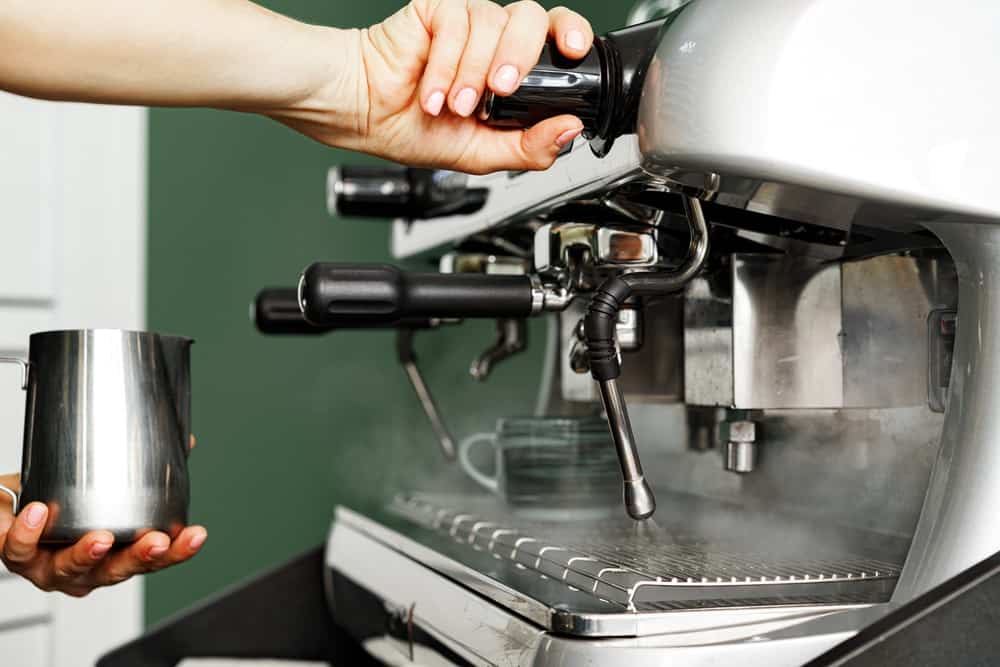













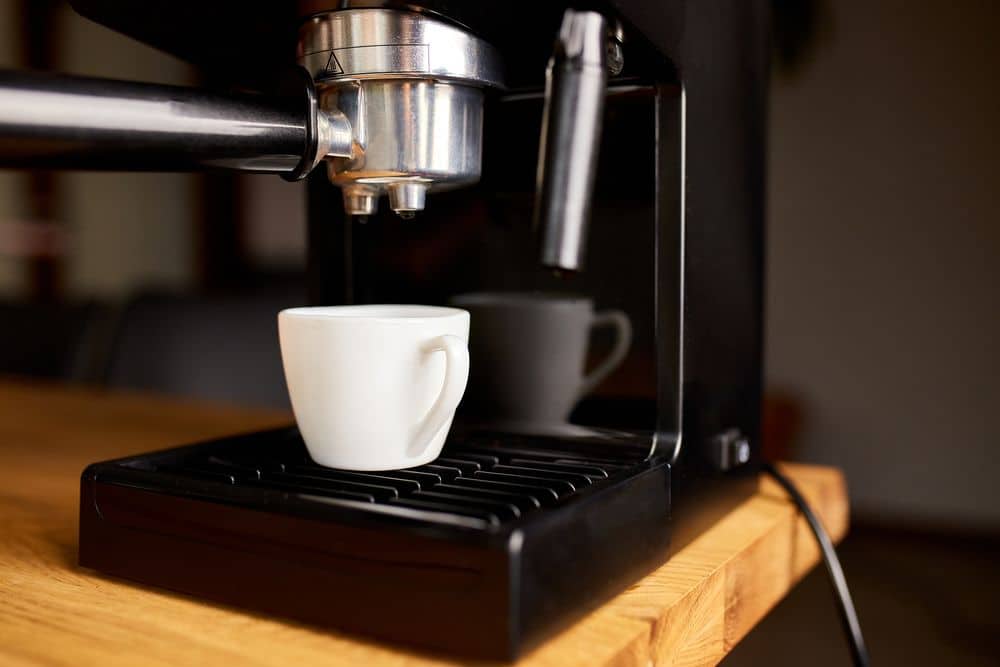
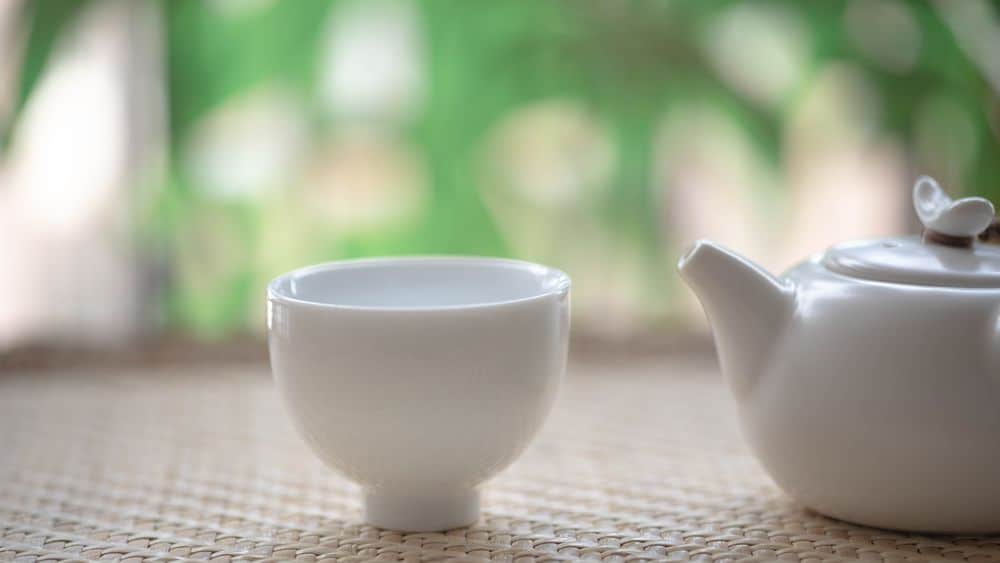
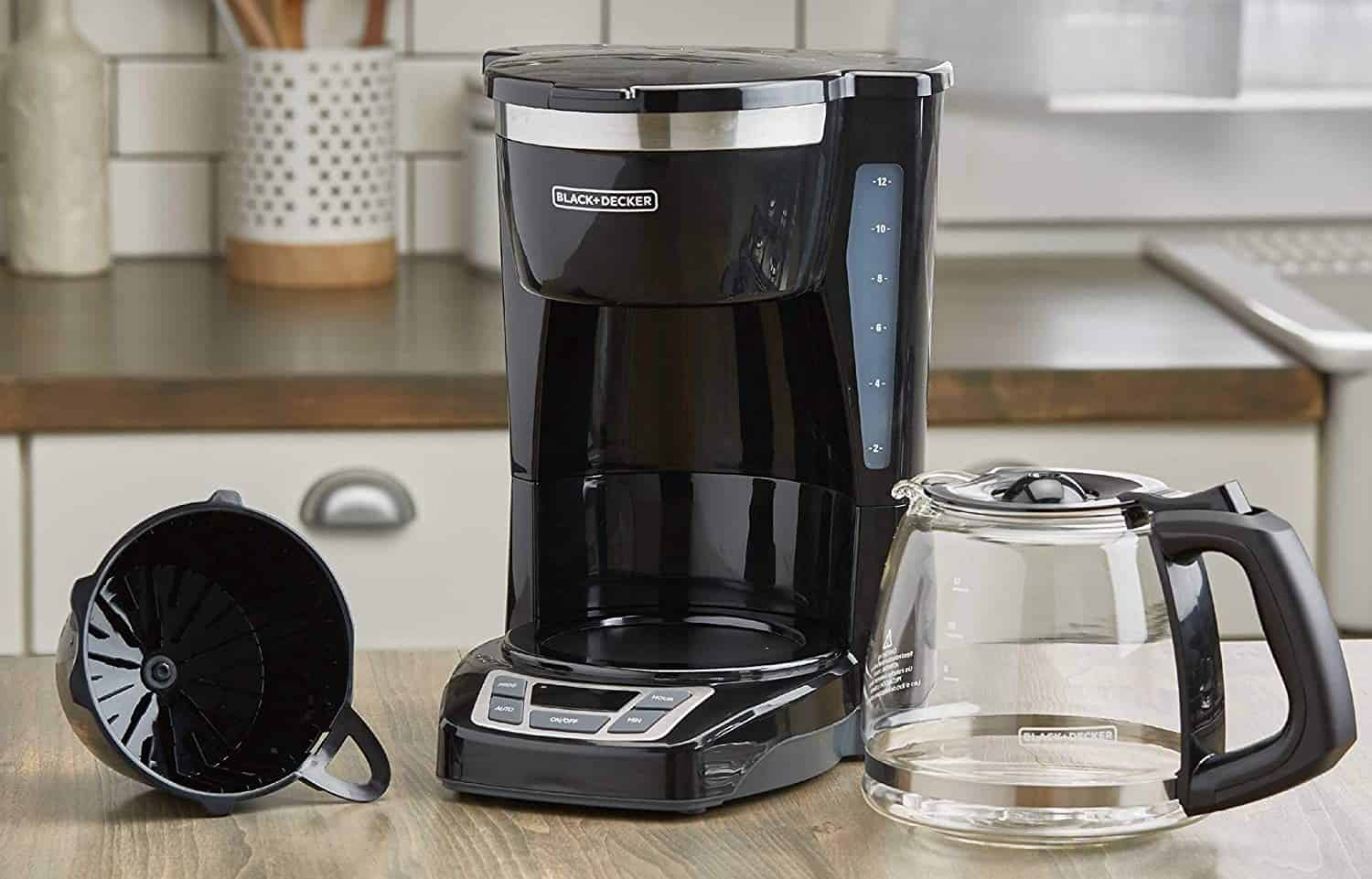
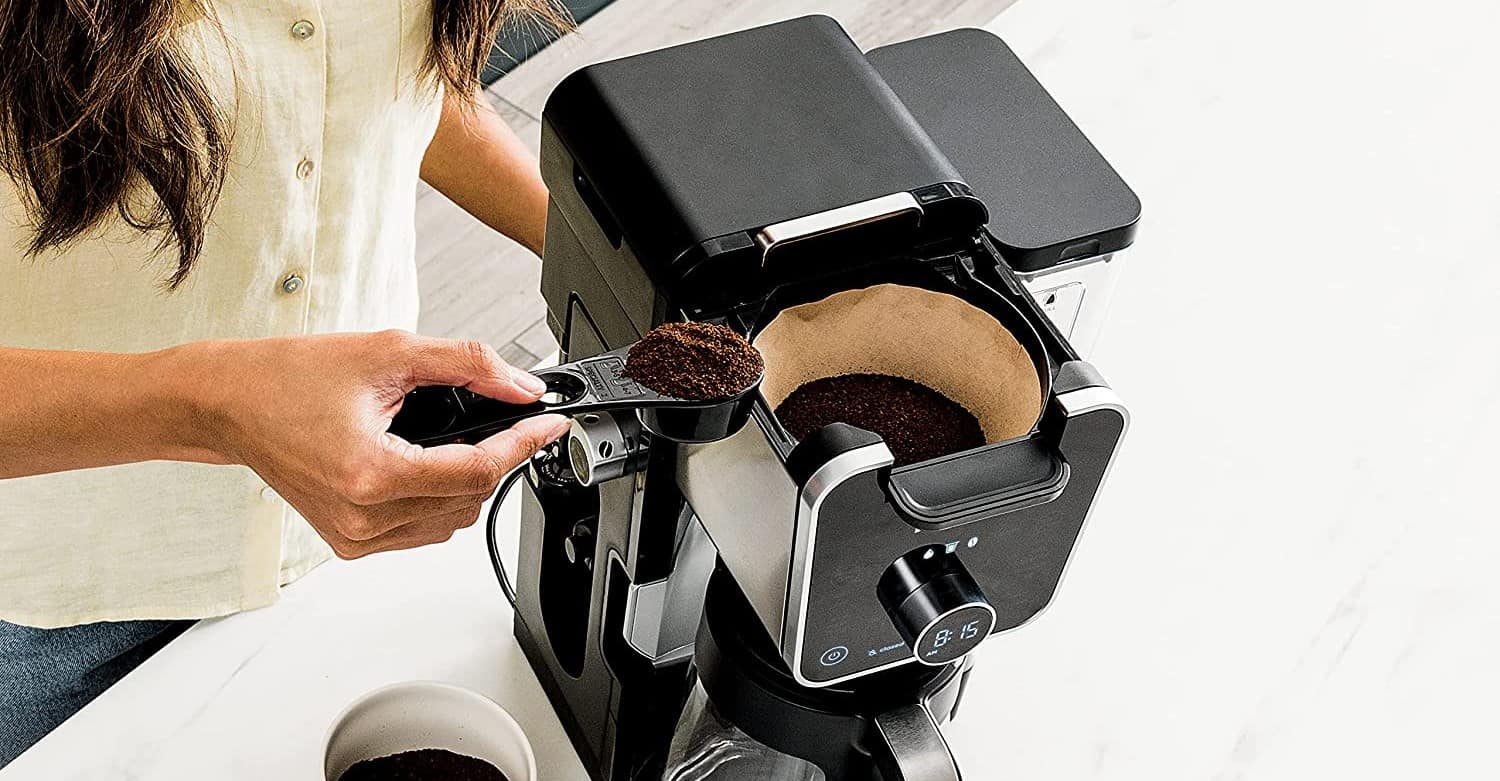
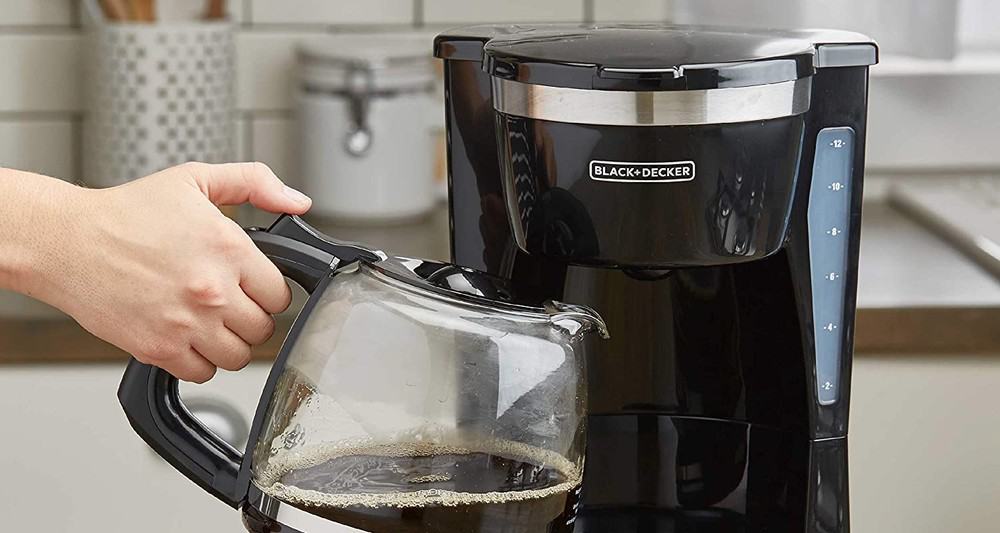
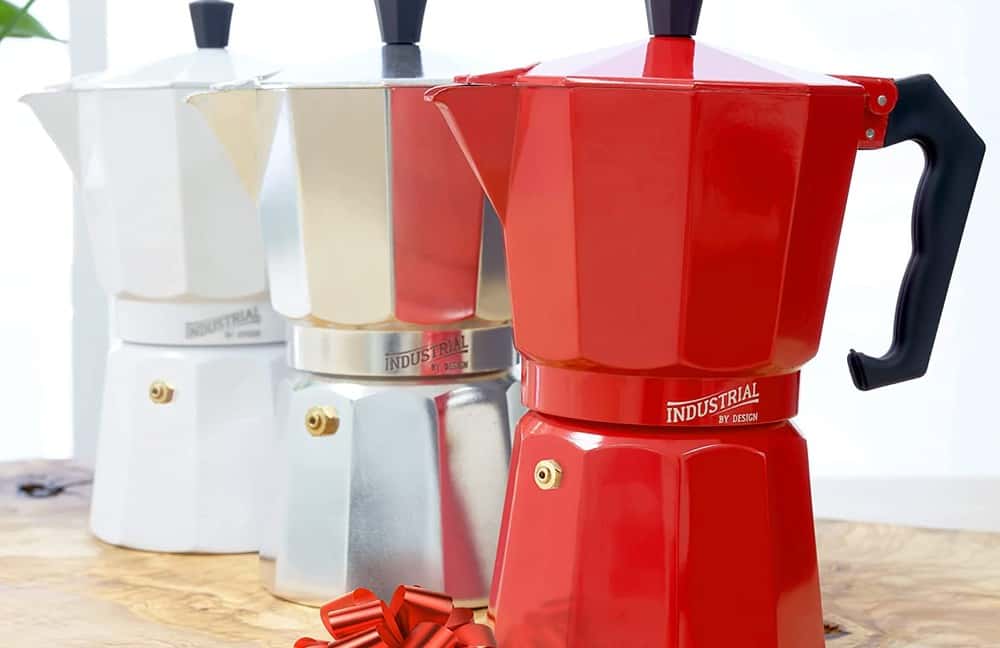
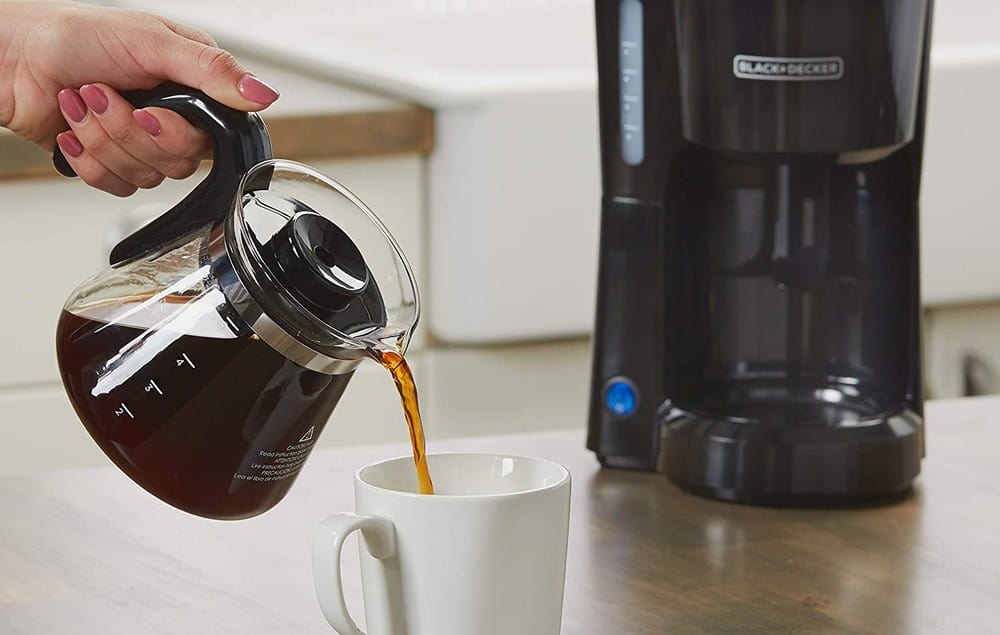
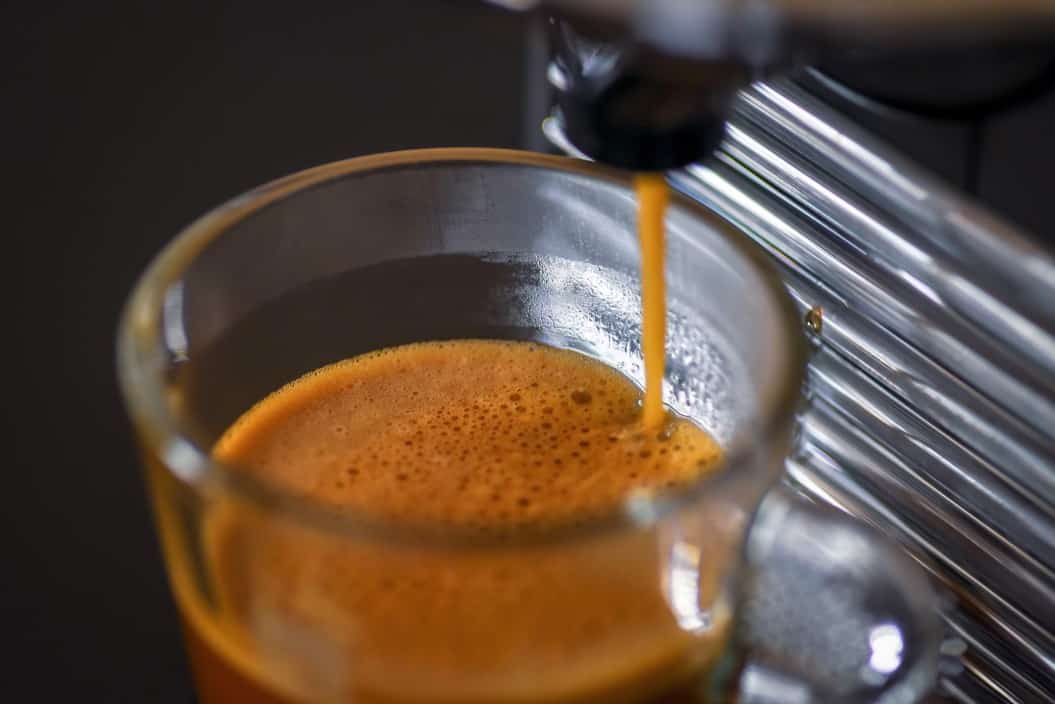



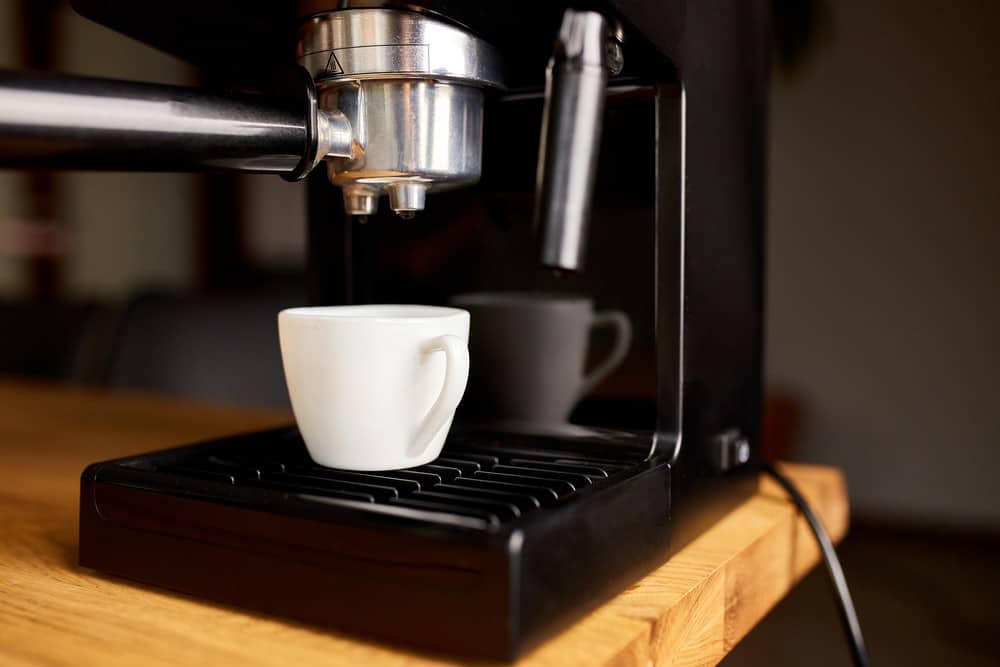

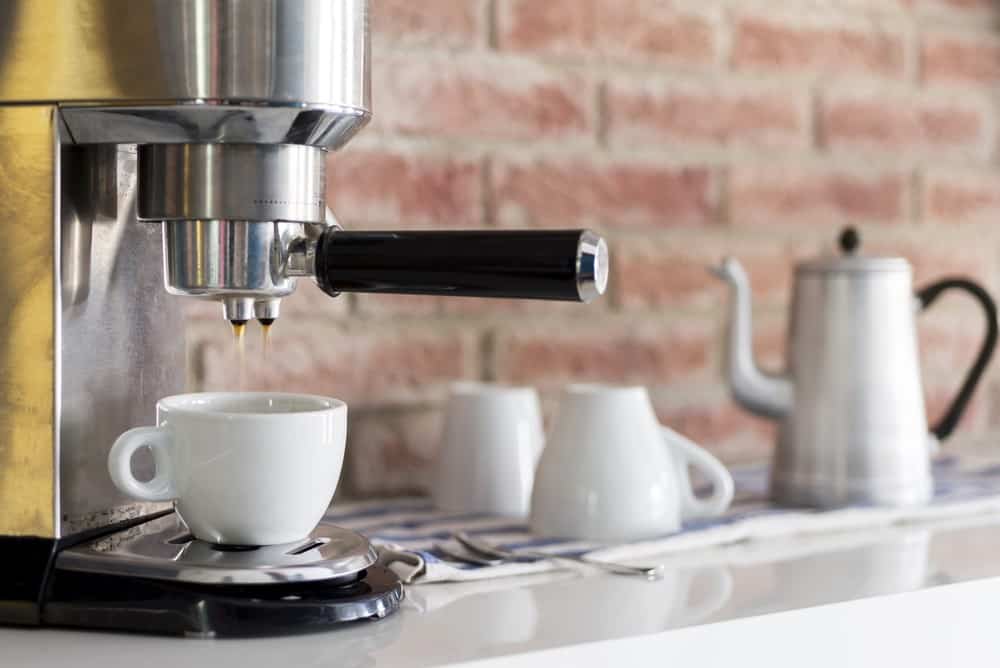
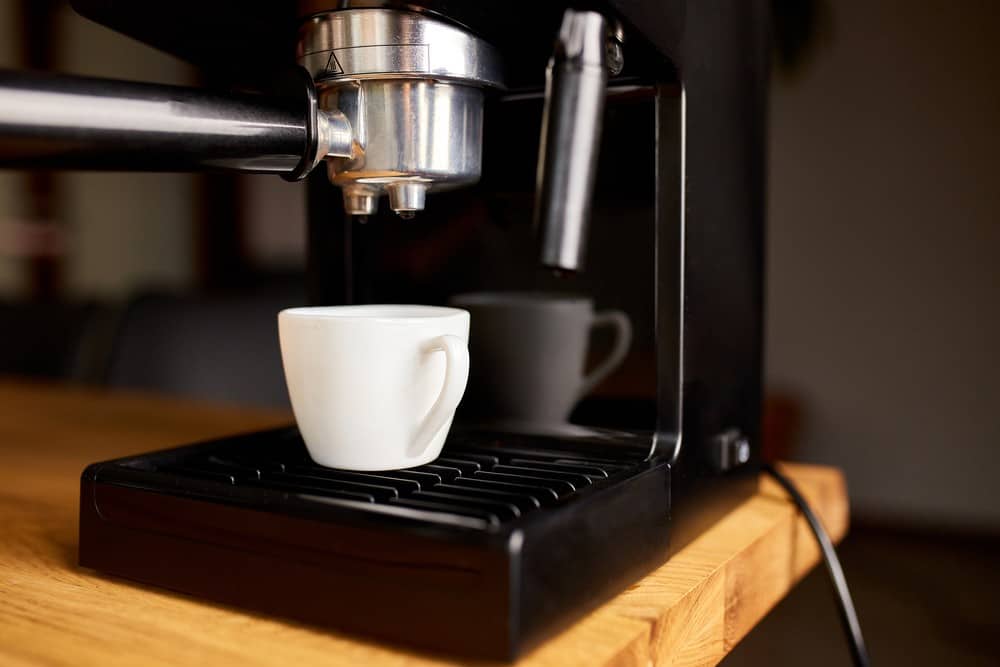


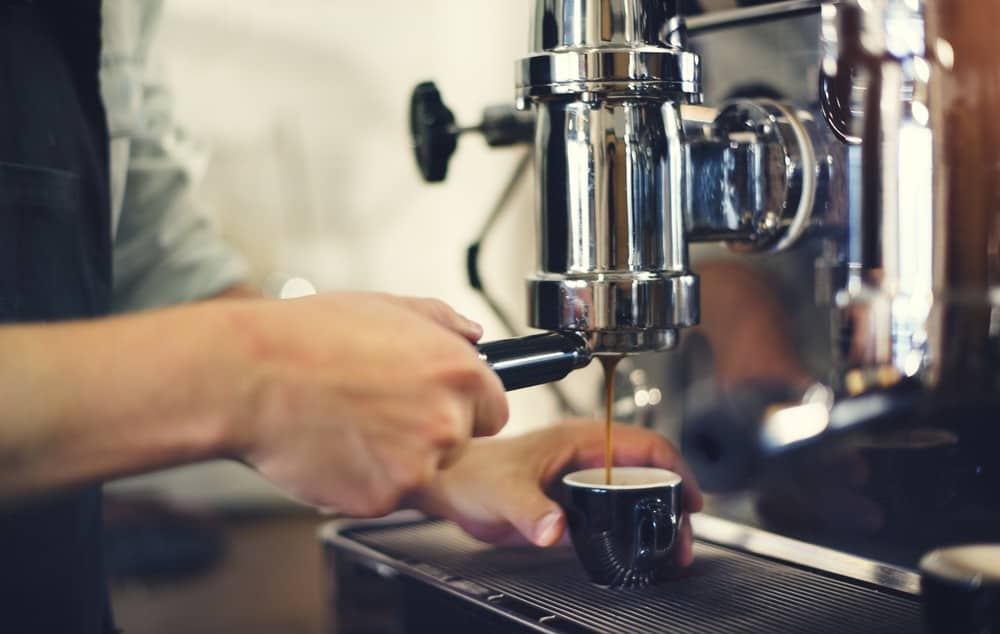
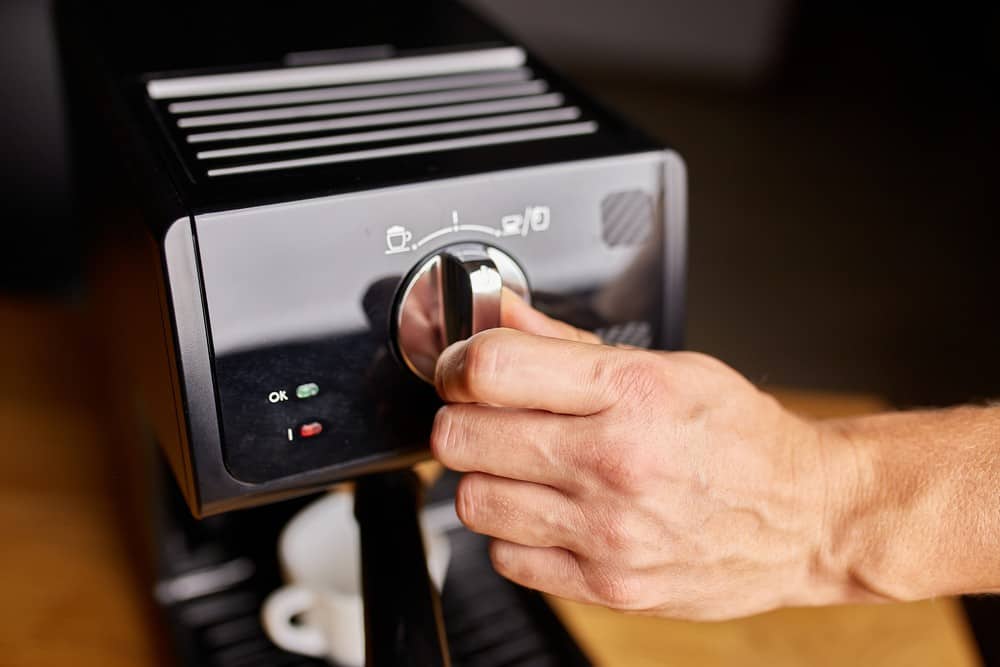
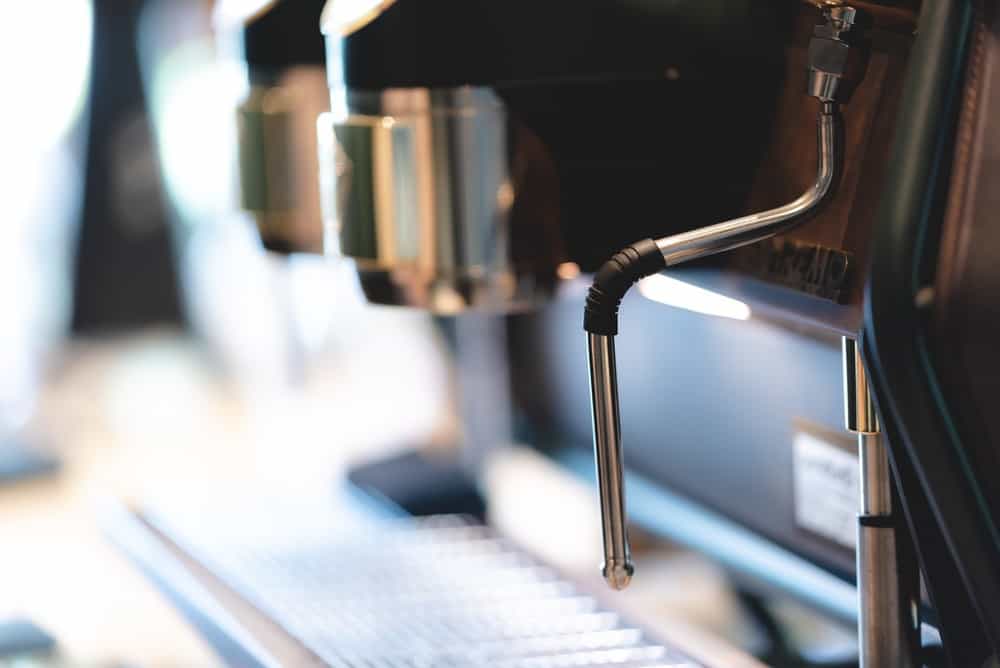
![Best Keurig Alternatives in [year] 27 Best Keurig Alternatives in 2026](https://www.gadgetreview.dev/wp-content/uploads/best-keurig-alternative-image.jpg)
![Best Semi Automatic Espresso Machines in [year] 28 Best Semi Automatic Espresso Machines in 2026](https://www.gadgetreview.dev/wp-content/uploads/best-semi-automatic-espresso-machine-image.jpg)
![Best Coffee and Espresso Makers in [year] 29 Best Coffee and Espresso Makers in 2026](https://www.gadgetreview.dev/wp-content/uploads/best-coffee-and-espresso-maker-image.jpg)
![Best Kitchen Appliances in [year] ([month] Reviews) 30 Best Kitchen Appliances in 2026 (January Reviews)](https://www.gadgetreview.dev/wp-content/uploads/best-kitchen-appliances.jpg)
![Quietest Coffee Makers in [year] 31 Quietest Coffee Makers in 2026](https://www.gadgetreview.dev/wp-content/uploads/quietest-coffee-maker-image.jpg)
![Best Prosumer Espresso Machines in [year] 32 Best Prosumer Espresso Machines in 2026](https://www.gadgetreview.dev/wp-content/uploads/71ytF6efAlL._AC_SL1500_.jpg)
![Best Single Serve Coffee Maker No Pods in [year] 33 Best Single Serve Coffee Maker No Pods in 2026](https://www.gadgetreview.dev/wp-content/uploads/best-k-pod-coffee-image-1.jpg)
![Best Coffee Makers for Hard Water in [year] 34 Best Coffee Makers for Hard Water in 2026](https://www.gadgetreview.dev/wp-content/uploads/best-coffee-maker-for-hard-water-image.jpg)
![Best Dual Boiler Espresso Machines in [year] 35 Best Dual Boiler Espresso Machines in 2026](https://www.gadgetreview.dev/wp-content/uploads/best-dual-boiler-espresso-machine-image.jpg)
![Best Coffee Makers for RV in [year] 36 Best Coffee Makers for RV in 2026](https://www.gadgetreview.dev/wp-content/uploads/best-coffee-maker-for-rv-image.jpg)
![Best Ninja Coffee Makers in [year] 37 Best Ninja Coffee Makers in 2026](https://www.gadgetreview.dev/wp-content/uploads/best-ninja-coffee-maker-image.jpg)
![Best Breville Espresso Machines in [year] 38 Best Breville Espresso Machines in 2026](https://www.gadgetreview.dev/wp-content/uploads/best-breville-espresso-machine-image.jpg)
![Best 5 Cup Coffee Makers in [year] 39 Best 5 Cup Coffee Makers in 2026](https://www.gadgetreview.dev/wp-content/uploads/best-5-cup-coffee-maker-image.jpg)
![Best Commercial Coffee Makers in [year] 40 Best Commercial Coffee Makers in 2026](https://www.gadgetreview.dev/wp-content/uploads/best-commercial-coffee-maker-image.jpg)
![Best Commercial Espresso Machine for a Small Coffee Shop in [year] 41 Best Commercial Espresso Machine for a Small Coffee Shop in 2026](https://www.gadgetreview.dev/wp-content/uploads/best-commercial-espresso-machine-small-coffee-shop-image.jpg)
![Best Coffee for Moka Pot in [year] 42 Best Coffee for Moka Pot in 2026](https://www.gadgetreview.dev/wp-content/uploads/best-coffee-for-moka-pot-image.jpg)
![Best USA Made Coffee Makers in [year] 43 Best USA Made Coffee Makers in 2026](https://www.gadgetreview.dev/wp-content/uploads/best-usa-made-coffee-makers-image.jpg)
![Fastest Coffee Makers in [year] 44 Fastest Coffee Makers in 2026](https://www.gadgetreview.dev/wp-content/uploads/fastest-coffee-maker-image.jpg)
![Best SCAA Certified Coffee Makers in [year] 45 Best SCAA Certified Coffee Makers in 2026](https://www.gadgetreview.dev/wp-content/uploads/best-scaa-certified-coffee-maker-image.jpg)
![Best Smart Coffee Makers in [year] 46 Best Smart Coffee Makers in 2026](https://www.gadgetreview.dev/wp-content/uploads/best-smart-coffee-maker-image.jpg)
